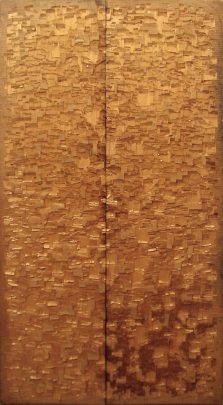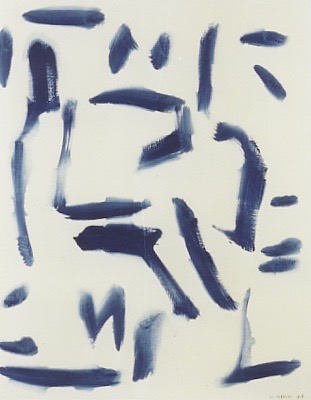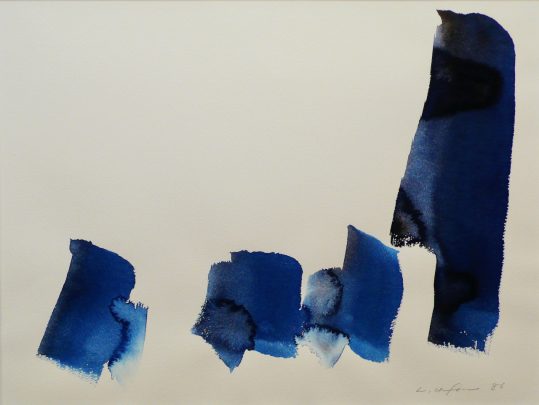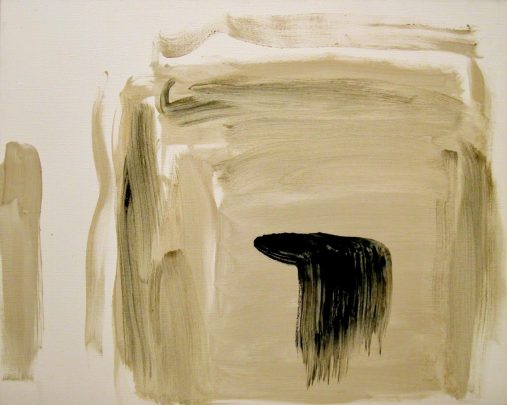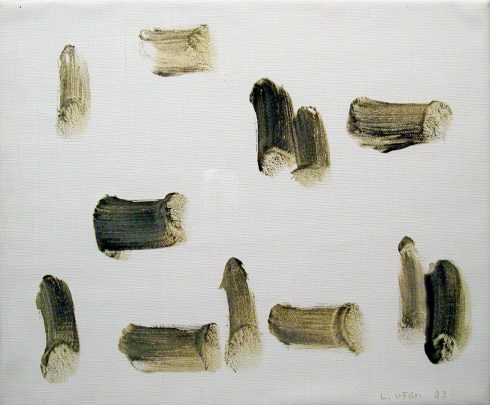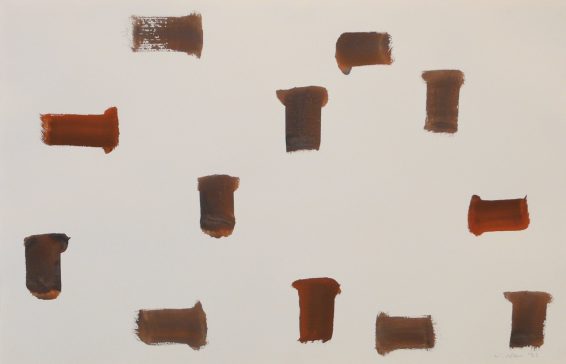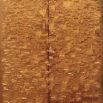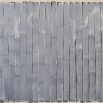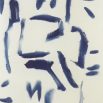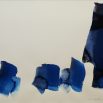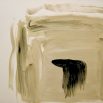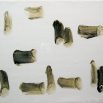李禹煥(リ・ウファン) LEE U-Fan 1936–
- 刻みより 1972年 着色された木 140x73.5x2.5cm 販売済み
From Incision 1972 tinted wood 140x73.5x2.5cm sold - 線より 1975年 水彩・紙 54.8x73.8m 販売済み
From Lines 1975 watercolor on paper 54.8x73.8m sold - 東風 1984年 油彩・キャンバス 91x72cm 販売済み
East Wind 1984 oil on canvas 91x72cm sold - From Winds 1986年 水彩・紙 39.2x50.8cm 販売済み
From Winds 1986 watercolor on paper 39.2x50.8cm sold - 風と共に 1990年 油彩・キャンバス 73x91cm 販売済み
With Winds 1990 oil on canvas 73x91cm sold - 無題 1993年 油彩・キャンバス 37.5x45cm 販売済み
untitled 1993 oil on canvas 37.5x45cm sold - 照応 1993年 水彩・紙 65.7x103cm 販売済み
Correspondance 1993 watercolor on paper 65.7x103cm sold - 無題 2005年 テラコッタ 42.3x47.5x4.7cm 販売済み
Untitled 2005 terracotta 42.3x47.5x4.7cm sold
1936年、韓国慶尚南道に生まれる。ソウル大学校美術大学入学後の1956年に来日し、その後、日本大学文学部で哲学を学ぶ。1960年代末から始まった戦後日本美術におけるもっとも重要な動向の一つ、「もの派」を牽引した作家として広く知られている。1969年には論考「事物から存在へ」が美術出版社芸術評論に入選、1971年刊行の『出会いを求めて』は「もの派」の理論を支える重要文献となった。『余白の芸術』(2000年)は、英語、フランス語、韓国語に翻訳されている。50年以上に渡り国内外で作品を発表し続けてきた李は、近年ではグッゲンハイム美術館(ニューヨーク、アメリカ合衆国、2011 年)、ヴェルサイユ宮殿(ヴェルサイユ、フランス、2014年)、ポンピド ゥー・センター・メス(メス、フランス、2019 年)で個展を開催するなど、ますます活躍の場を広げている。国内では、2010年に香川県直島町に安藤忠雄設計の李禹煥美術館が開館している。
<「李禹煥」展(2022-2023年、兵庫県立美術館)展覧会サイトより引用 >
Born in Gyeongsangnam-do, Korea, in 1936, Lee attended Seoul National University before moving to Japan in 1956. He later studied philosophy at Nihon University. Lee is known as a leading figure in Mono-ha, one of the most significant art movements in postwar Japan, which emerged in the late ’60s. His essay “From Object to Being” was awarded the Bijutsu Shuppan-sha Art Criticism Prize in 1969, and his book The Art of Encounter, which appeared in 1971, became the theoretical pillar for Mono-ha. His 2002 book The Art of Margins has been translated into English, French, and Korean, etc. In recent years, Lee, who has been consistently showing his work in Japan and abroad for over 50 years, has become increasingly active in other countries, holding solo exhibitions at the Guggenheim (New York, USA, 2011), Palace of Versailles (Versailles, France, 2014) and Centre Pompidou-Metz (Metz, France, 2019). Meanwhile in Japan, the Lee Ufan Museum, designed by the architect Ando Tadao, opened on the island of Naoshima in Kagawa Prefecture in 2010.
< from the exhibition website "Lee Ufan" Hyogo Prefectural Museum of Art, 2022-2023 >
